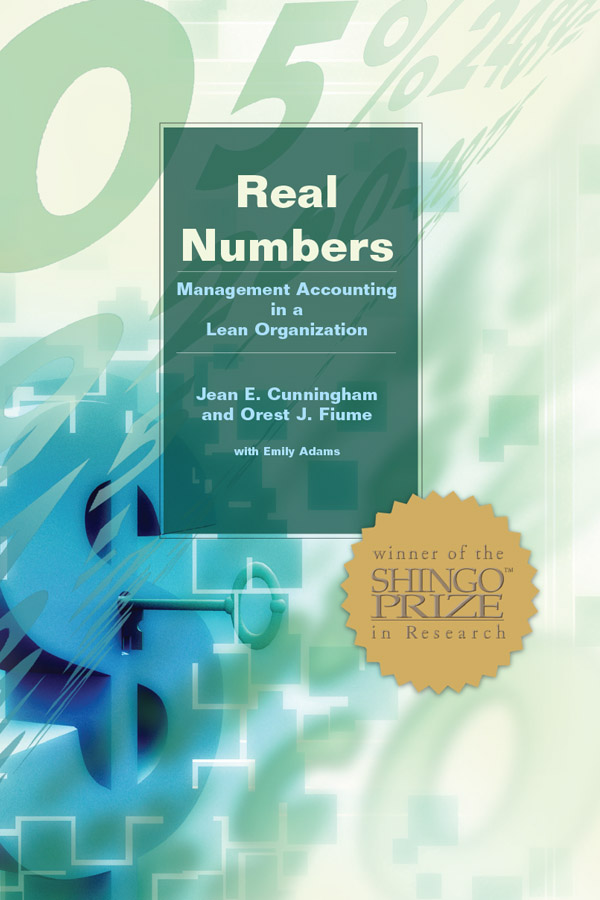This is the second of two articles about lean thinking & practice for Finance and Accounting professionals. They are excerpted and adapted from the upcoming book Practicing Lean Accounting by Mike De Luca and Nick Katko, to be published in early 2021. Read part one.
While there is a great deal of excellent guidance and coaching in the lean community on how to, in the words of Toyota Chairman Fujio Cho, “Go see, ask why, show respect,” not much of it is targeted to finance and accounting professionals. What does it actually mean to “go see” in finance and accounting? How do we do this, what are we looking for, and what do we do with what we find?
As a former finance leader, and now a coach who helps finance and accounting professionals adopt lean thinking and practice, here is some guidance from my own experience on when, why, and how to apply the practice to finance and accounting.
When and why to ‘Go See’
First, we must watch and listen for when and why to “go see.” We do a good deal of our knowledge work at our computers and in conference rooms, so we need to be attentive to the triggers or signs that we should leave our office or pause a meeting in order to better understand what’s happening – to “grasp the situation.” One of the best ways to do this is to make a habit of asking (in a genuinely curious, respectful, non-accusatory way) “How do we know?” Here are some examples:
- Go see to avoid jumping to conclusions. When someone makes an assertion (or we find ourselves doing the same) that’s lacking either data or context like “That team can’t take on any more work; they’re already overloaded, and we need to hire more resources,” we can ask “how do we know?” and make plan to go see and learn more about the burden on the team and opportunities to better understand and free up meaningful, sustainable capacity. This might mean we need to bring our accounting skills to bear and work with that team to collect data to measure capacity and capture and understand the sources of burden and waste in their work.
- Go see to avoid jumping to solutions. When we’re reviewing performance reports and someone suggests a solution like “that team’s productivity (or product line’s profitability) has dropped 10% over the last quarter, we should reduce batch sizes (or realign equipment or change roles on the team or some other well-meaning solution we come up with away from the gemba and the people who do the work),” we should ask ourselves “how do we know?” and make a plan to go see and understand the real reasons and root causes of the decline in performance. Use our lean accounting practice to consider what process data help us better understand the change in the outcome and make a plan to capture it if it isn’t already available.
- Go see to avoid finger-pointing. When someone (or we) make assumptions like “If only that team would get it right, we wouldn’t have all this rework – they just don’t think this is important so they pass it along without checking to see if it’s correct,” we have an opportunity to ask “how do we know?” and make a plan to go see and understand the real reasons and root causes for any defects other teams might be passing downstream. Again, we will likely need data – this time on what type of error situations happen more frequently.
Just creating or reminding people of “policy,” or clarifying “roles and responsibilities” doesn’t solve the problem. We need to understand why we are not following policy or performing roles and responsibilities the way they’ve been outlined, and the best way to do that is to “Go see, ask why, and show respect.”
How to ‘Go See’
The lean practice of gathering actual facts by going to see the actual person do the actual work in the actual place is just as relevant for us in accounting as it is customer-facing operations and other functions:
- See the actual person. The people who do the work understand it best – for us, that means our payroll specialists, accountants, financial planning analysts, etc. If there is variation in how the work is done, we may need to “go see” how different people do the work – this can often be the case in knowledge work like accounting. We have the opportunity to involve colleagues in observing and learning from each other as well; they will be best equipped to understand variations in the work and help identify issues and best practices.
- Do the actual work. We need to pay special attention to seeing the actual work in accounting. We will miss important details about the work if we “go see” the actual person but only talk about the work rather than observe it. It is not uncommon for the people who do the work to miss details, wastes, or opportunities for improvement because they have become so used to the status quo they don’t even notice or are no longer actively aware of the wastes that exist or have crept into the process. They may also accept the status quo as a constraint – the way things have to be – rather than knowing what to question and challenge. It’s important to have them actually walk us through the process rather than just talk about it, which is the tendency when we go sit at someone’s desk. Here are some things to consider:
- Try to follow specific examples through the system.
- Ensure there are time stamps if you’re following something that’s completed.
- Take the time to follow examples through the system live, even if it takes several weeks.
- Ask participants in the process to notify you when they’re going to perform their step so you can watch it real time.
- Ask folks to save some examples and let you observe them do them.
- Ask questions like: will you please show me what you do to start this process? How do you know when to start it? Where do you get that input data? What happens next once you populate that spreadsheet or template? Etc.
- In the actual place. The actual physical location where the work is done provides essential insights into wastes, barriers, and opportunities. This is just as true for our knowledge work in accounting as it is in a manufacturing or service environment. Consider and be attentive to how our workspaces are set up in accounting, both the physical environment and the virtual environment that we work in (shared folders, access to applications and systems, etc.), and how the two interact in the context of the actual work.
Finally, take notes on your observation and then discuss, confirm, and share them with the individual or team. Be clear on the next steps – what will you and they do with what you’ve learned from going to see? A practice of “go-see,” to build trust with the team and create value for the organization must be part of the on-going learning and improvement cycle, not isolated observations without concrete next steps and beneficial outcomes.
Make the practice a habit
After your first “go see,” you may find that both you and the staff you observed are energized and excited about what you’ve learned and the opportunities to improve the work. If you only “go see” once, or if your practice is so irregular that the staff learns that they cannot rely on it, you can undermine the positive impact. You also will jeopardize your ability to reinforce a culture where problems are made visible and solved by the people who do the work with support and guidance from leaders. A regular practice of visibility and insight includes not just observing processes but also, for example,
- going to see the visual boards in the accounting team’s area and discussing progress and results with local leaders and teams, and
- observing their huddles and team problem-solving meetings to coach their thinking and learn what you can do to support their success and get barriers out of their way (such as misalignment at the leadership level).
When we “go see and ask why,” we need to remember that asking why isn’t about asking “why didn’t you get it right?” but it’s about getting to the root of what aspects of the process or system are causing the error, waste, and frustration. It’s about adopting a learner’s stance and building trust with the employee so that they feel safe sharing the truth about what’s getting in the way. Building trust involves a repeated, predictable behavior of not holding the individual at fault and not jumping in to fix the problem with your best idea, but bringing their best thinking forward in coming up with ways to address the causes. Finally, “show respect” means you’re acknowledging that they understand the work better than you do, and you’re consistently modeling a blame-free approach to learning the truth about the process.
If this is already part of your practice as a finance and accounting leader or professional, I would love to hear and share your examples and stories. If you are striving to integrate this more into your practice, please share what you’re planning and what you’re learning. If you would like help in understanding how to make this a habit in your lean leadership and practice, reach out to others in our lean accounting learning and practice community and seek to learn from them.






